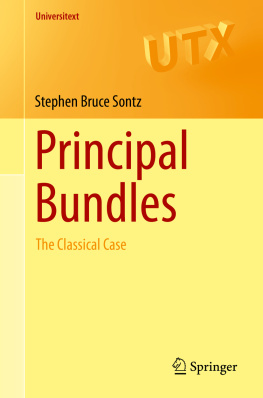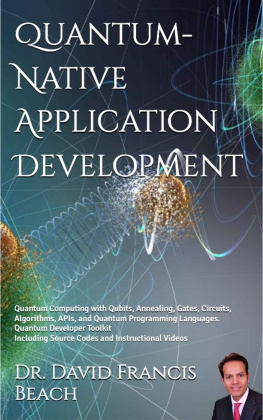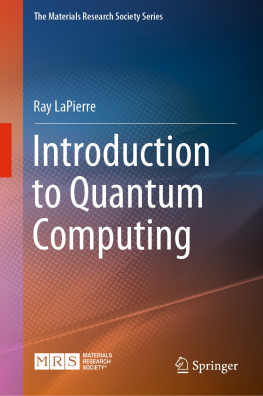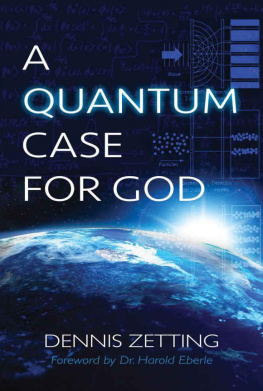1. Introduction
These books are based on various courses I have given plus a substantial amount of material I studied to fill in gaps in my own personal knowledge of some themes in modern geometry. By tradition, the geometry comes in at least two seemingly distinct forms. First, there is the geometry based on smooth manifolds, which we will call classical differential geometry. This goes back to the days of Apollonius and Euclid. Second, there is the more recent noncommutative geometry, sometimes also known as quantum geometry. Some of the principal founders here are Connes []. My interests in these two fields developed independently for some time, but now my intention is to view them as strongly related. Indeed, the classical theory is simultaneously a primary motivating example for the quantum theory as well as being a special case of it.
Moreover, from my perspective, an essential aspect of classical differential geometry is the role of Lie groups as symmetry groups in that theory, and similarly an essential aspect in the study of noncommutative (or quantum) spaces is the role of a new sort of symmetry (played by quantum groups) in that theory. Since precise definitions of both quantum space and quantum group can vary from author to author, the real point of the above analogy between classical and quantum geometry is that this should be a guideline for finding adequate definitions for these newer concepts. In some sense, quantum groups are an extension of F. Kleins Erlangen program to the quantum theory. In some expositions, quantum groups appear as a special case of quantum spaces, just as Lie groups can be viewed as a special case of a smooth manifold. So these two structures, spaces and groups, are intimately related, and hence neither will be discussed here in total isolation from the other. But that does not mean that this is an original point of view. Far from it! For example, have a look at Woronowiczs comments in the introduction of [
A most important relation in classical differential geometry between Lie groups and smooth manifolds is embodied in the theory of principal fiber bundles. Of course, this itself is a particular case of G -spaces. But in these books, ultimately I focus much attention on the particular case of principal bundles, both classical in the companion volume [] and quantum in the present volume. This is due to several reasons, one of which is the rich geometric structure of principal bundles that arises from the connections on them. To clarify the importance of this remark, notice that the study of differential manifolds per se yields a rich and wonderful theory known as differential topology. The word "topology" is well chosen since the standard geometric structures do not appear at this level although topology can be considered (again per the Erlangen program) as a type of geometry. But the geometric structures I am thinking of go back to the etymological origins of "geometry" (Earth measurement), namely, ideas concerning distance, angle, direction, and parallelism. From these arise two basic concepts of calculus: area and tangents. While classical principal bundles do not support all of these structures, there is geometry encoded in the "infinitesimal" structure of the exterior differential calculus and if there is also a connection on the bundle, in parallel transport, curvature, and covariant derivatives. We will see in particular that a quantum principal bundle can have differential calculi on its spaces as well as a quantum connection with its associated covariant derivatives and curvature. All of these are basic geometric structures.
Another reason for focusing on principal bundles is well known today: They are the structure one uses to define and study gauge fields, a central concept in modern physics. Perhaps less well known is that the gauge fields of most interest in physics lately are quantum fields, which do not fit into the classical theory of principal bundles. And in this regard, the story is far from over. A fully developed theory of quantum gauge field theorythat is both mathematically rigorous and physically nontrivialremains an important challenge for future research.
While the above remarks describe to some extent my point of view, more must be said about the theory presented here on the quantum side. (On the classical side, the dust has long since settled on these matters.) I adopt a viewpoint based on both the theory of compact quantum groups expounded by Woronowicz in []. They go together hand in hand, which is important (at least for me!) since I want to exhibit an inseparable interdependence between quantum symmetries and quantum spaces. And this is provided in the papers of these two researchers. It is also noteworthy that both of the authors, together with collaborators, have developed rather rich theories of these structures. Nonetheless, I will not be presenting the full power of either theory.
One motivation for writing this book is that the work of Woronowicz and urevich appears only in research papers and research-level monographs, and I thought it was time to present some of that in one place in a style accessible to nonexperts. Even though this is only an introduction to that work, I think that this book is the first attempt at such an introduction, especially concerning the theory of quantum principal bundles. Other viewpoints on quantum groups and quantum bundles can also be found in the literature, but in all due respect it seems to me that these two researchers have presented a critical mass of results with plenty of geometric (and not simply algebraic or topological) content. Remarks are given in the notes about those other approaches.
Another motivation is closer to home. After writing a paper (see []) in collaboration with Micho urevich, in which we extensively use the theory of quantum principal bundles in order to understand Dunkl operators in a new way, namely, as the covariant derivatives of a quantum connection defined in a certain quantum principal bundle, I found much interest expressed by a number of colleagues in our work. But our paper (as almost any research paper) is not self-contained, nor was it ever intended to be. And I fear that the initial interest of my colleagues often flagged when recognition was made of the difficulty in acquiring the rather specific background needed to read that paper. So this book also serves to provide in one place the necessary prerequisites (and quite a bit more, of course) for understanding that paper. I present the major result of that paper in the last chapter.
The organization of the contents starts with a rather direct presentation of almost all of the material in the paper [] written by M. urevich on universal differential algebras and the quantum germs map. The intent is to slow down the pace and explain things in much more detail than one expects (or gets!) in a research paper for experts. After all, experts are not my principal audience, since they already know this stuff!
The raison dtre of this book, as expressed in its title, is Chapter weighs in at around 100 pages, it is just an introduction.
Even though Chapter ], but it has been the works by Connes and Woronowicz that have given much of the flavor to current research by showing how differential calculi work in the noncommutative world. Also, the introduction of plenty of examples of quantum groups of interest in physics by Faddeev and his collaborators has been another critically important aspect of the modern approach. If I did not also mention the importance of the works of Drinfeld, Jimbo, and Manin (among others!) at this juncture, I would deserve to be duly chastised.











